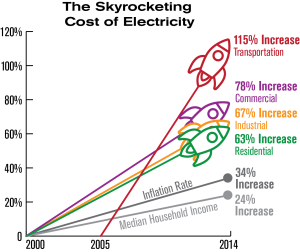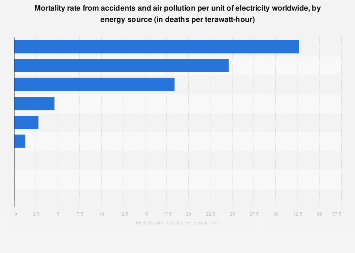
Brilliant energy is one of the main types of energy in the world, however, it’s barely noticeable. That is on the grounds that a little piece of it is noticeable to the natural eye. Most kinds of brilliant energy, like X-beams and radio waves, don’t fall on the range of noticeable light so they require particular gear to see. However, in any event, when we can’t see brilliant Pulse Power rates , it’s as yet an unbelievably significant asset: we use it to impart over significant distances, develop yields, and even intensity our homes. Learn all that you really want to be aware of brilliant energy and how one kind of brilliant energy – brilliant warming – can assist you with getting a good deal on your power bill.
What Is Brilliant Energy?
We should begin by investigating the meaning of brilliant energy. As per Lehigh College, brilliant energy is “electromagnetic energy that moves in cross-over waves.” Not at all like possible energy, in which energy is put away and can be utilized later, brilliant energy is a sort of motor energy, and that implies that it’s connected with movement.

How Does Brilliant Energy Function?
Brilliant energy moves to start with one spot and then onto the next as electromagnetic waves or electromagnetic radiation. At their most rudimentary level, electromagnetic waves are composed of photons, which have no mass and move at the speed of light. At the point when the sun discharges energy, it goes to Earth as sun-powered radiation, a sort of brilliant energy. This energy delivers no intensity while traveling through space since there is nothing for it to collaborate with. Yet, when it arrives at the Earth, it moves that energy onto different articles. Plants transform the sun’s brilliant energy into synthetic energy utilizing photosynthesis. Sun-powered chargers transform sun-oriented radiation into electrical energy.
What Are the 7 Sorts of Brilliant Energy?
- Radio waves
Radio waves are at the lower end of the range since they have significantly longer frequencies than different kinds of brilliant energy. We can involve them in sending data over significant distances utilizing radio recipients and we can notice them in space utilizing radio telescopes.
- Microwaves
Like radio waves, microwaves are undetectable to the natural eye yet are utilized in many sorts of advances, including radar, satellites, and Wi-Fi. The greater part of us experiences microwaves in the kitchen as microwaves.
- Infrared waves
Infrared waves are remarkable in light of the fact that they have higher energy than microwaves, so we can feel them on the body as intensity. In the event that you’ve at any point sat close to an intensity light, you’ve felt infrared energy on your skin. In spite of the fact that they aren’t noticeable to the unaided eye, we can notice infrared waves utilizing warm imaging gadgets.
- Noticeable light
Noticeable light is the main sort of brilliant energy that the natural eye can see. Colors are the aftereffect of various frequencies giving light energy its special appearance.
- Bright (UV) light
Bright radiation is one more type of light energy that has a more limited frequency than noticeable light however can in any case be seen by certain creatures. Notwithstanding noticeable light, the sun’s energy contains UV radiation that can be destructive to the skin in enormous sums. (That is the reason specialists suggest wearing sunscreen consistently.)
- X-beams
X-beams have such a short frequency that they can enter sorts of issues that different kinds of brilliant energy can’t. That is the reason they’re regularly utilized for radiology, as a kind of clinical symbolism. In the event that you’ve at any point had a wrecked bone or visited the dental specialist, you’ve had an X-beam. This is particular from radiometry, which alludes to estimating radiation anyplace in the electromagnetic range.
- Gamma beams
At last, there are gamma beams, which have the most elevated recurrence of every electromagnetic wave. These are generally created by stars and in atomic responses.



